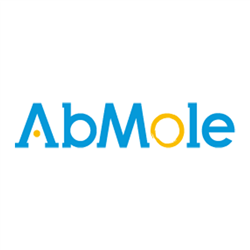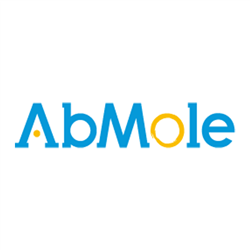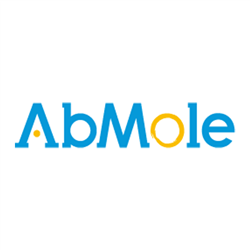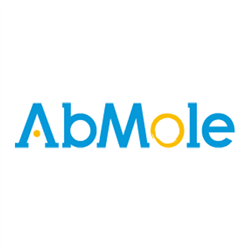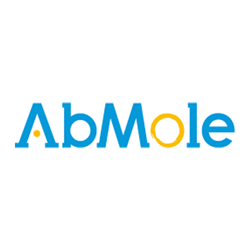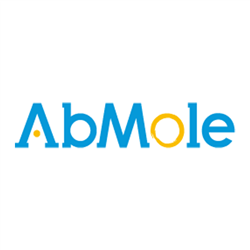Categorías
- Instrumentos
- Agitadores / Agit. Incubadores
- Orbitales
- Con Incubación
- Incubadores Gran Capacidad
- Lineales, Balanceo y 3D
- Incubadores Microplacas
- Para colocar en estufa
- Magnéticos
- Mezcladores /Roller /Rotatorios
- Agitadores de Paletas
- Jeio Tech Accesorios para Agitadores
- Benchmark Accesorios para Agitadores
- N-Biotek Accesorios para Agitadores
- Biosan Accesorios para Agitadores
- Labnet Int. Accesorios para Agitadores
- Vórtex
- Analisis Imagen, animales, plantas, geles
- Balanzas
- Baños Termostáticos
- Cabinas Flujo / Extraccion gases / PCR
- Centrifugas
- Detectores de Radioactividad
- Electroforesis
- Electroquímica
- Equipos Microplacas
- Espectrofotometros
- Experimentacion Animal
- Hornos de Hibridacion
- Homogeneizadores
- Estufas / Equipos calor, frio
- Luminómetros de Tubos
- Microbiologia
- Pipetas / Dispensadores
- Pipetas Labnet Int. Monocanales Automaticos
- Pipetas HTL Monocanales Automáticas
- Pipeta Accumax Mono y Multicanales
- Pipetas Labnet Int. Multicanales
- Pipetas HTL Multicanales
- Pipetas Volumen Fijo
- Pipetas Electrónicas
- Dispensadores
- Dispensadores de Botella
- Pipetas Biosan Monocanales
- Pipetas Biosan Multicanales
- PCR / Tiempo Real (qPCR)l / Cicladores
- QPCR, Sistemas automaticos
- Sonicadores / Ultrasonidos
- Ultracongeladores
- Bombas Jeringa / Vacio / Osmoticas
- Ultracentrífugas
- Micro Array label free
- Contadores de Células
- Contenedores Criogenicos
- Producción agua ultrapura
- Electrospinning
- Agitadores / Agit. Incubadores
- Reactivos
- Consumibles
- Catálogos PDF
Listado de productos por fabricante AbMole
2-Aminoethyl diphenylborinate (2-APB)
2-Aminoethyl diphenylborinate (2-APB) is a cell-permeable inhibitor of IP3R, and regulate IP3-induced calcium release. 2-Aminoethyl diphenylborinate also inhibits the store-operated Ca2+ (SOC) channel and activates some TRP channels (V1, V2 and V3).
2-Aminoethyl diphenylborinate (2-APB)
2-Aminoethyl diphenylborinate (2-APB) is a cell-permeable inhibitor of IP3R, and regulate IP3-induced calcium release. 2-Aminoethyl diphenylborinate also inhibits the store-operated Ca2+ (SOC) channel and activates some TRP channels (V1, V2 and V3).
2-Aminoethyl diphenylborinate (2-APB)
2-Aminoethyl diphenylborinate (2-APB) is a cell-permeable inhibitor of IP3R, and regulate IP3-induced calcium release. 2-Aminoethyl diphenylborinate also inhibits the store-operated Ca2+ (SOC) channel and activates some TRP channels (V1, V2 and V3).
2-Aminoethyl diphenylborinate (2-APB)
2-Aminoethyl diphenylborinate (2-APB) is a cell-permeable inhibitor of IP3R, and regulate IP3-induced calcium release. 2-Aminoethyl diphenylborinate also inhibits the store-operated Ca2+ (SOC) channel and activates some TRP channels (V1, V2 and V3).
2-Aminoheptane
2-Aminoheptane is a nasal decongestant drug which is a sympathomimetic stimulant and vasoconstrictor.
2-Aminoheptane
2-Aminoheptane is a nasal decongestant drug which is a sympathomimetic stimulant and vasoconstrictor.
2-aminoindan-2-phosphonic acid
2-aminoindan-2-phosphonic acid
2-Aminoisobutyric acid
2-Aminoisobutyric acid is a rare, non-protein amino acid and end-product of pyrimidine metabolism, excreted in urine and found in some antibiotics of fungal origin.
2-Aminopurine
2-Aminopurine has been used to inhibit eukaryotic initiation factor-2α (eIF2α)-phosphorylation of osteoarthritis (OA) chondrocytes. 2-Aminopurine, a fluorescent analog of guanosine and adenosine, is a widely used fluorescence-decay-based probe of DNA structure. 2-Aminopurine has been used to probe nucleic acid structure and dynamics.
2-Arachidonyl glycerol
2-Arachidonyl glycerol is an endogenous cannabinoid and also an agonist at cannabinoid receptors.
2-Arachidonyl glycerol
2-Arachidonyl glycerol is an endogenous cannabinoid and also an agonist at cannabinoid receptors.
2-Benzylsuccinic acid
2-Benzylsuccinic acid (DL-Benzylsuccinic acid) is a potent inhibitor of carboxypeptidase A (CPA).

